Table of content
Introduction
Seafood lovers across the globe often find themselves salivating over the delicate taste and succulent texture of swimming crabs, particularly the popular species known as the portunid crabs, commonly referred to as “swimming crabs” or “梭子蟹” in Chinese. Among these, the three-spotted swimming crab (Portunus trituberculatus) stands out due to its widespread availability and culinary appeal. However, the question of how long these fresh live swimming crabs can be preserved without compromising their quality often arises, especially for those who wish to enjoy this delicacy at their convenience. This article delves into the various methods of preserving fresh live swimming crabs and the duration for which they can retain their freshness.
Understanding Freshness and Preservation Needs
The freshness of swimming crabs is paramount to their taste and safety. Fresh crabs have a firm body, bright eyes, and strong leg movements. Once a crab starts to lose these characteristics, it indicates a decline in freshness, which can lead to a deterioration in flavor and, more importantly, an increased risk of food poisoning. Therefore, understanding how to properly preserve these crabs is crucial.
Methods of Preservation
Live Storage in a Wet Environment
One of the most straightforward methods of preserving fresh live swimming crabs is by keeping them in a wet, cool environment. This mimics their natural habitat and helps them stay alive for an extended period. Here’s how you can do it:
- Container Selection: Choose a large, sturdy container with a lid that can be partially opened for ventilation.
- Moisture and Temperature: Line the bottom of the container with damp seaweed, sand, or a wet towel. Maintain a temperature between 4°C to 10°C (39.2°F to 50°F). This can be achieved by placing the container in a refrigerator or a cool, dark corner of your home.
- Humidity and Airflow: Ensure the container remains humid by regularly misting it with water. Allow for some airflow to prevent suffocation but keep the lid partially closed to maintain humidity.
Under optimal conditions, fresh live swimming crabs can survive in this manner for up to three days. However, it’s best to consume them as soon as possible to ensure peak freshness and flavor.

Freezing for Long-Term Preservation
For those who wish to extend the shelf life of swimming crabs beyond a few days, freezing is an effective option. Freezing preserves the crab’s texture and flavor but requires careful preparation to avoid freezer burn and ice crystal formation.
- Preparation: Clean the crabs thoroughly by rinsing them under cold running water. Avoid soaking them as this can稀释their flavor.
- Blanching: Blanch the crabs in boiling water for about two to three minutes. This step helps to kill bacteria and enzymes that could cause spoilage.
- Cooling and Freezing: Immediately plunge the blanched crabs into ice water to stop the cooking process. Once cooled, drain them well, wrap them individually in plastic wrap or place them in airtight containers, and then freeze at 0°F (-18°C) or below.
Properly frozen swimming crabs can retain their quality for up to six months. When ready to use, thaw them in the refrigerator overnight or under cold running water. Avoid thawing at room temperature as this can promote bacterial growth.
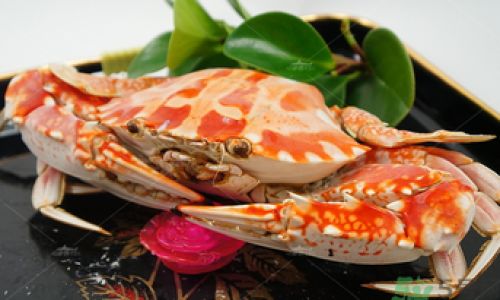
Dry Icing or Refrigeration with Ice Packs
For short-term preservation, dry icing or refrigerating crabs with ice packs is a practical solution. This method is suitable for transportation or storage over a period of up to 24 hours.
- Dry Icing: Place the crabs in a well-ventilated container lined with newspaper or paper towels. Surround them with dry ice, ensuring there is adequate ventilation to prevent suffocation. Dry ice maintains an extremely low temperature, helping to keep the crabs fresh for a limited time.
- Refrigeration with Ice Packs: Alternatively, place the crabs in a sealed container with several ice packs. Ensure the container is large enough to allow for some movement and that the ice packs do not directly touch the crabs.
Monitor the crabs closely, as both methods can cause rapid temperature drops that may stress the crabs. Consume them as soon as possible after using these preservation techniques.
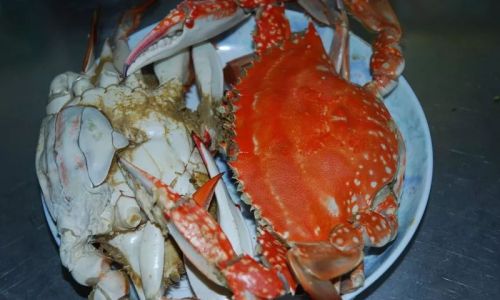
Factors Affecting Preservation Duration
Several factors influence how long fresh live swimming crabs can be preserved:
- Quality at Purchase: Crabs that are already weak or showing signs of stress will not survive as long as healthy ones.
- Storage Conditions: Temperature, humidity, and airflow are critical. Deviations from optimal conditions can shorten the preservation period.
- Handling: Rough handling during transportation or storage can stress the crabs, reducing their lifespan.
- Species Variability: Different species of swimming crabs may have varying tolerance levels to preservation conditions.
Conclusion
Preserving fresh live swimming crabs requires a balance of maintaining their natural environment and employing appropriate preservation techniques. Live storage in a wet, cool environment is ideal for short-term preservation, while freezing offers a longer-term solution. Dry icing or refrigeration with ice packs can be used for transportation or temporary storage. Understanding the factors that affect preservation duration helps ensure that these crabs retain their freshness, flavor, and safety.
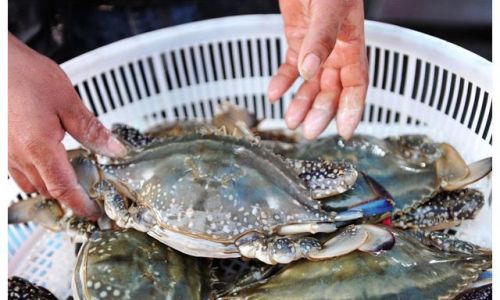
Ultimately, the key to enjoying the best possible experience with swimming crabs lies in consuming them as soon as they are caught or purchased, or using proper preservation methods to extend their shelf life without compromising quality. With careful handling and storage, seafood enthusiasts can continue to savor the delicate taste of fresh swimming crabs, whether enjoyed immediately or after a brief period of preservation.

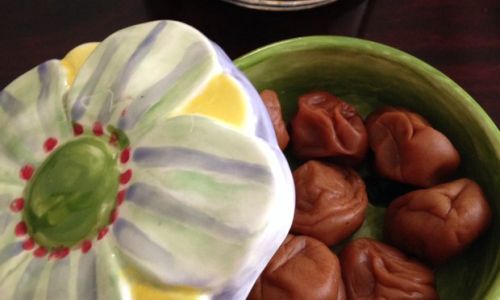

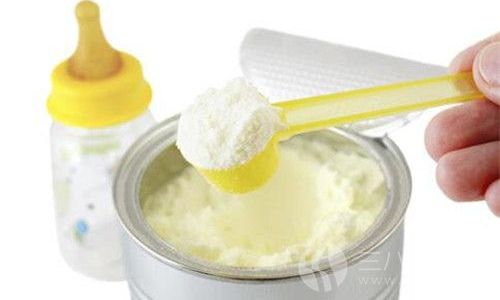
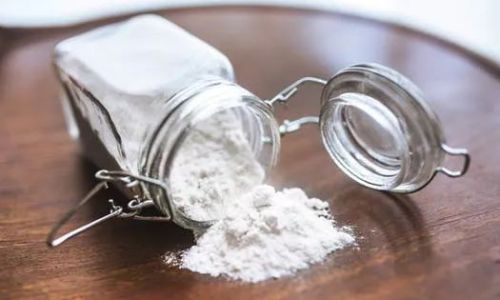
0 comments